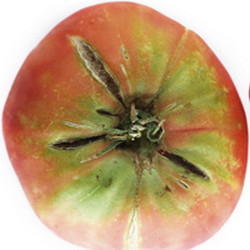Breaking down fungal defence
Oomycetes, also known as water moulds, are a group of several hundred organisms once thought to be fungi. Fungal and oomycete diseases cause over 175M tonnes of damage globally every year in the top five food crops. Controlling these diseases in a sustainable manner could provide food for an additional four billion people annually. The shield that protects oomycete and fungal cells and provides the contact area between pathogen and host was targeted for disease control in the EU-funded project 'Cell wall biology in oomycete pathogenicity' (CBOP). Blocking synthesis of the pathogen cell wall through control of necessary enzymes causes pathogen cell death, protecting the host crop from the disease. CBOP successfully identified several biosynthetic enzyme targets involved in producing vital components of the cell wall including cellulose and chitin. They also identified some cell wall matrix polysaccharides and proteins that act as key regulators of oospore cell wall formation. The genes coding these molecules are ideal targets for blocking cell wall synthesis to control disease spread. The farming, agrochemical, agriculture and aquaculture sectors are key beneficiaries of CBOP research. Results provide novel gene targets and promising molecules for sustainable control of devastating crop and fish diseases .







